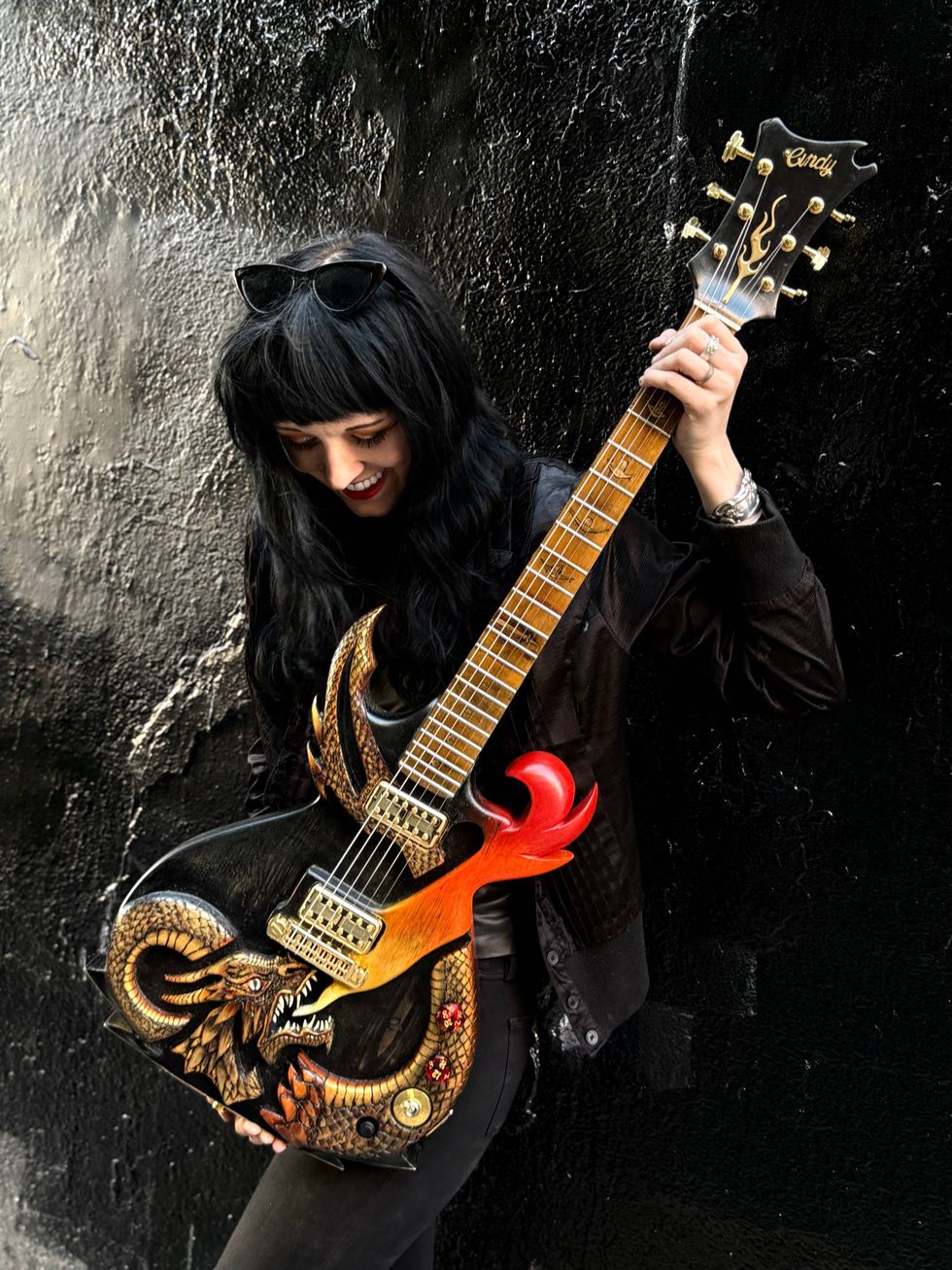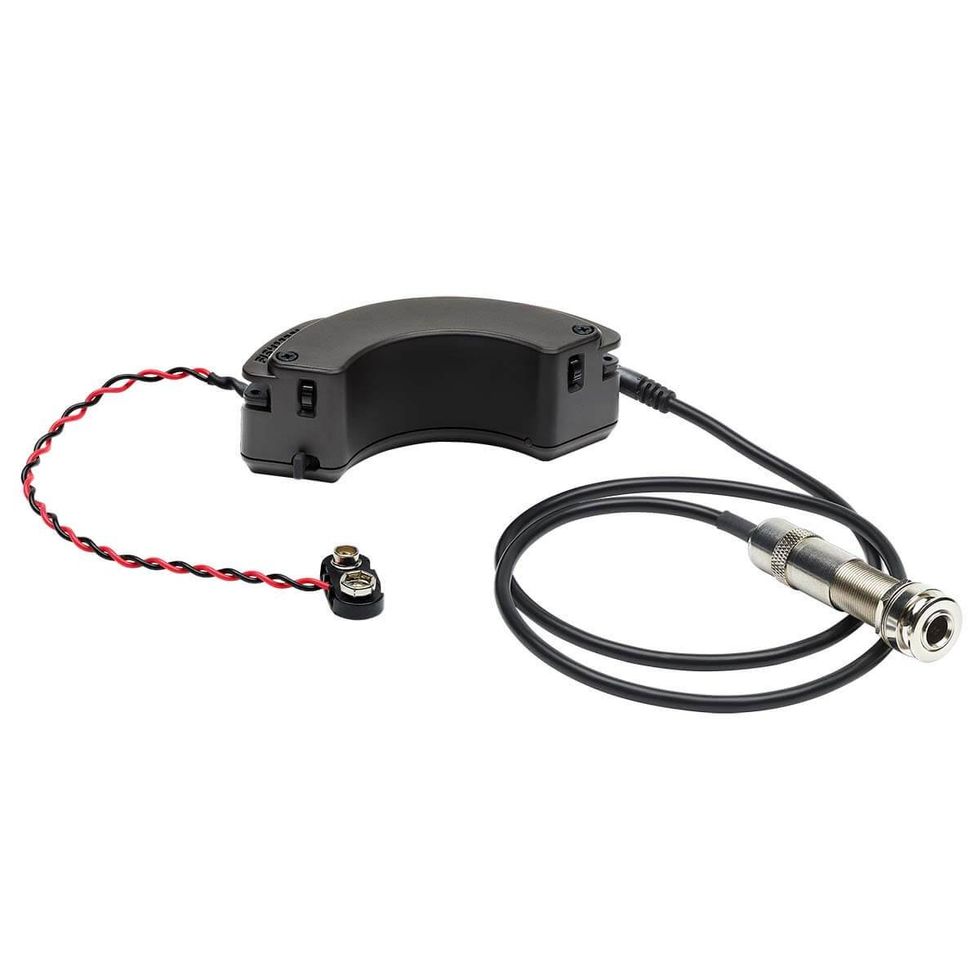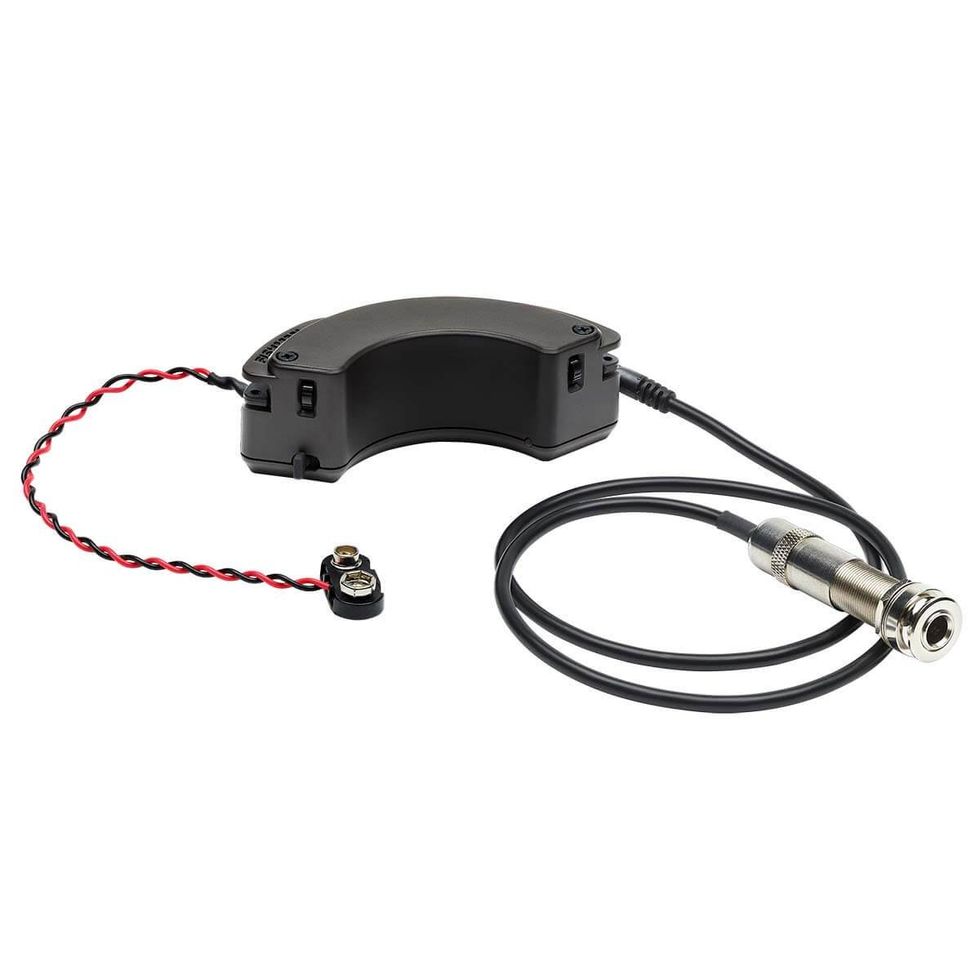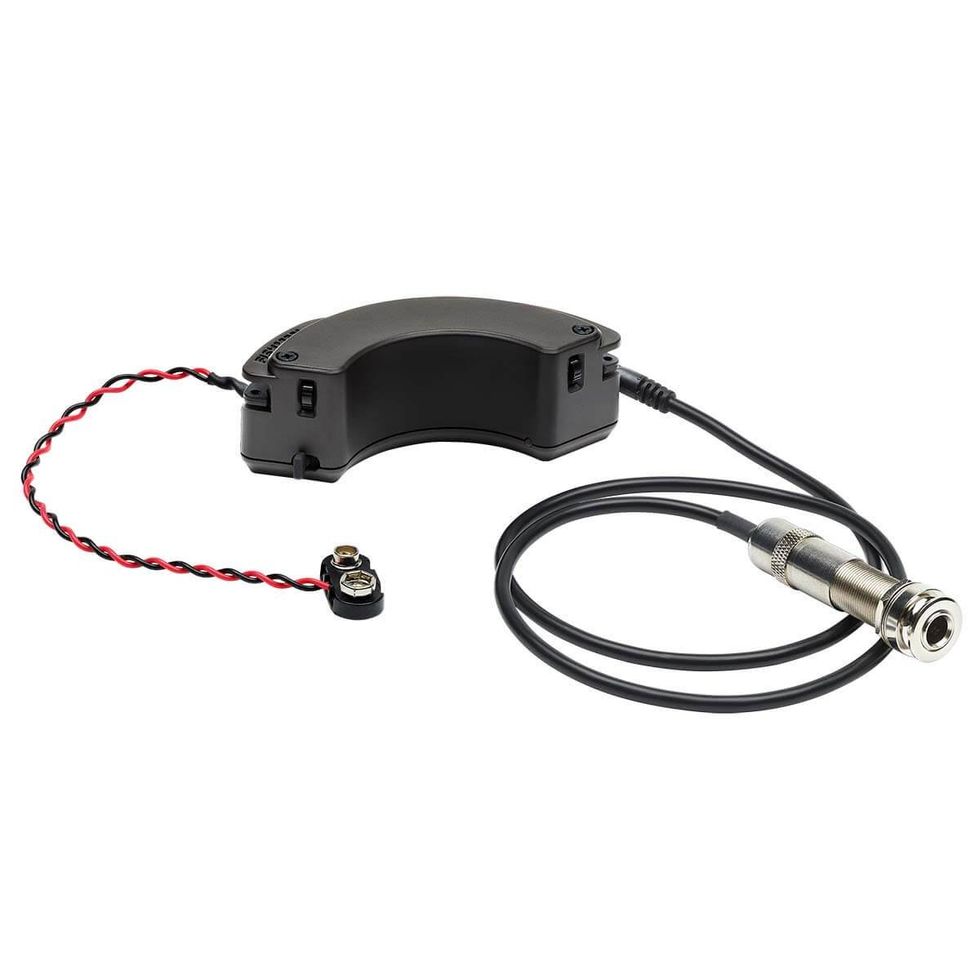In our last article we talked about speaker placement and how we perceive different frequencies. Let’s look at what we can do to hear everything on stage more clearly, and how we can sound better when playing live.
When Hendrix and Townsend were playing their amps wide open and facing forward, they were doing so because most P.A. setups and monitors usually only had vocals, acoustics, and a few drums in the mix. With today’s powerful P.A. systems you can literally play a stadium with a practice amp. Somewhere between our current technology and the cool factor of having a wall of speakers behind you is the solution to getting the best live sound possible.
Take a look at the diagrams I suggested you draw in the last article. Starting with the guitarist, his amp is probably directly behind him on the floor. This is generally the worst place for it since we don’t hear through the back of our legs. Guitarists should ideally have their amp/cabinet to the side of the stage to “side-fill,” and have it tilted back enough to project the sound up toward their ears. This stops the sound from being unbalanced for the audience directly in front of the guitarist, and allows the guitarist to hear better, play at a lower volume, and disperse the sound out for everyone else on stage to hear.
It also gives the guitarist more coverage, allowing them to move around more, instead of being trapped near their amp. They can walk across to the other side of the stage and still be in front of the amp. In many cases, this will also allow the drummer to hear the guitar better. Let the P.A. get the guitar sound out front. If everyone on stage is hearing mostly from the amp and not having to put too much guitar in the wedges, it helps the monitors sound clearer and the soundman won’t be fighting a blaring guitar. Use a dummy cab behind you if you need to have the look.
Bassists need to have some distance from their speaker cabinets. Bass waves are long and take space to develop. Often the stage will rumble and sound muddy because the bassist cranks up the volume to hear themselves better, simply because they are standing too close to their cab – all the while burying everybody else and not realizing how loud they are. The next time you see a band live and everything sounds muddy, go back to the board; chances are the bass fader will be all the way down. In most cases, the bassist will hear themselves better with the cab up against the wall, off to their side, or even coming from the other side of the stage.
Try getting the monitor wedges up to ear level and to the side if at all possible, even if that means sacrificing the wedges in front. With the amps and monitors off to the side, everyone on stage should hear a fairly balanced mix. If you have a monitor in front of you, move it off to one side of your mic stand at a 45 degree angle, aiming toward the center of the stage. Most cardioid mics actually reject audio slightly better at this angle and the monitor will give you a better sense of separation and a wider coverage area on stage. If the lead vocalist is having trouble hearing, try the same thing with their wedge, and if at all possible, have two wedges facing them turned in at 45-degree angles.
We perceive things better when there’s physical separation between sources. It’s imperative that we play at a volume that suits our surroundings, and that we think about how our stage setup influences how we sound.
Hissing amps and pedals, open mics, and excessive volume will ruin the front-ofhouse mix as well as the monitor sound. Many of today’s amps feature direct speaker simulated outs, and many cabinet simulator options for running guitars direct off the head or power amp are available, so we don’t have to mic our cabinet. Instead, we can use the cabinet to simply hear ourselves on stage.
There are microphone gates – Opti-gate for example – that mount on microphones to shut them off when someone isn’t standing directly in front of them, ready to sing. Even a drum shield will greatly enhance the mix out front and on stage. The more open mics on stage, the less tight the mix will sound out front, due to phasing, bleed, and frequency cancellation, making monitors and in-ears sound muddier, too. Try using as few open mics as possible, place your gear properly, and put as little in the monitors as you can. You will hear the difference.
Until next time, think differently than everybody else.
Bryan Lionman
lionman@creationaudiolabs.com
Creation Audio Labs, Inc.
615-884-7520
creationaudiolabs.com











![Rig Rundown: Russian Circles’ Mike Sullivan [2025]](https://www.premierguitar.com/media-library/youtube.jpg?id=62303631&width=1245&height=700&quality=70&coordinates=0%2C0%2C0%2C0)













